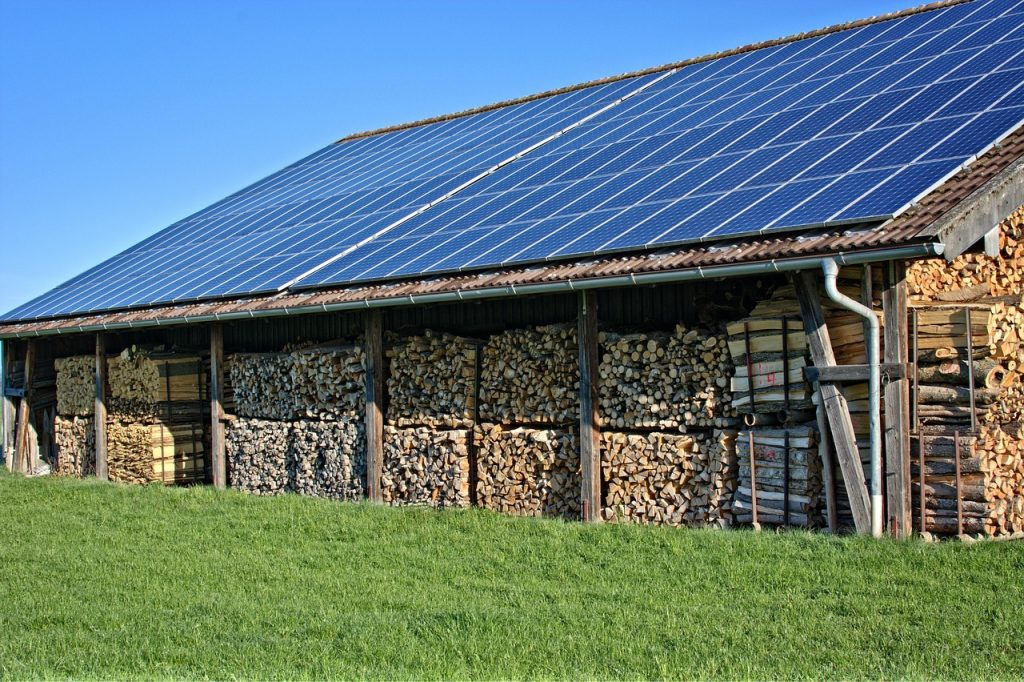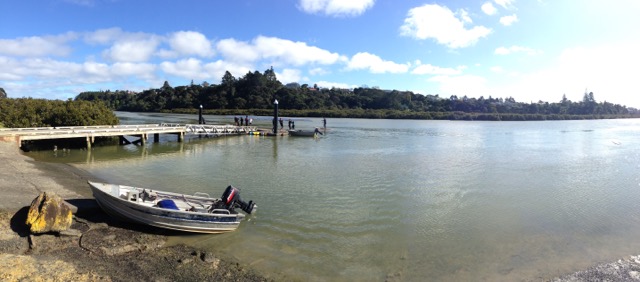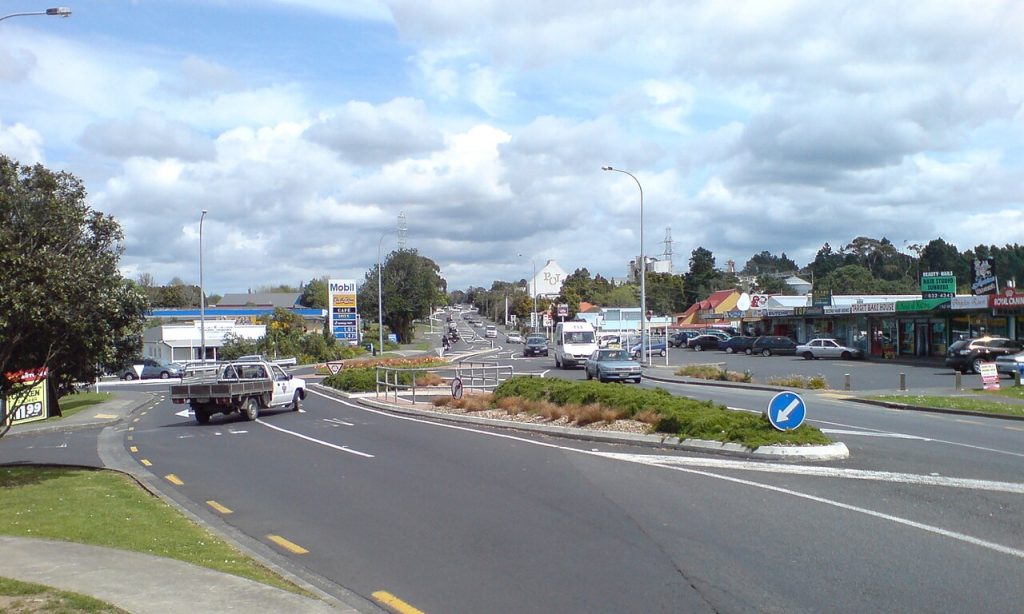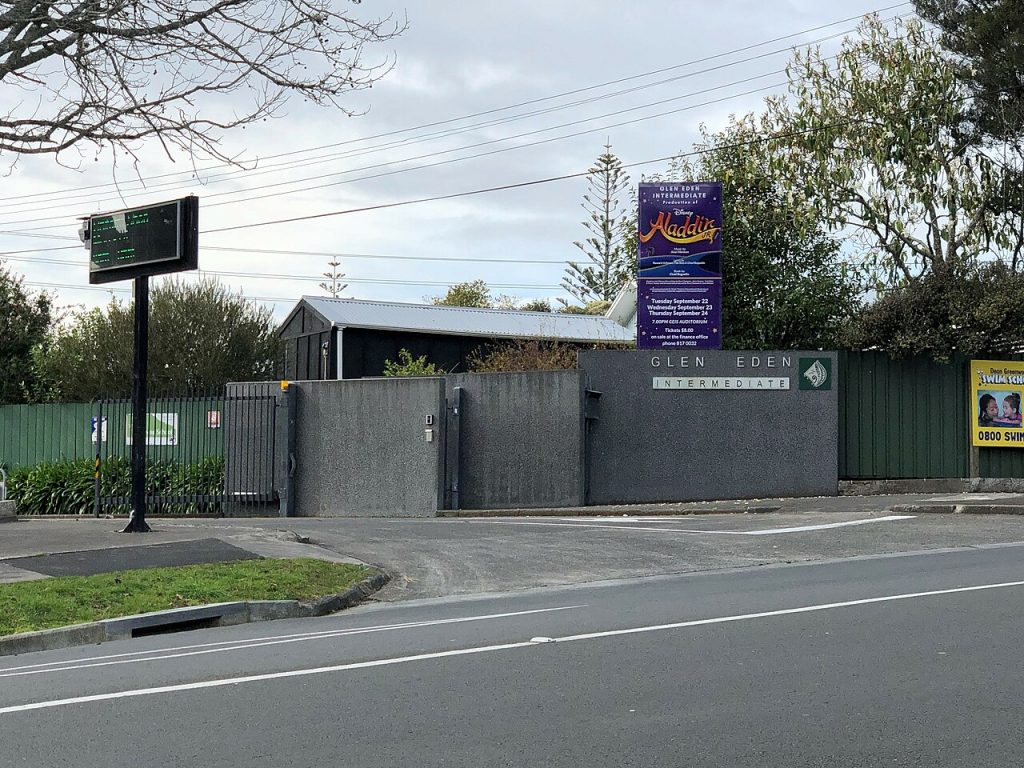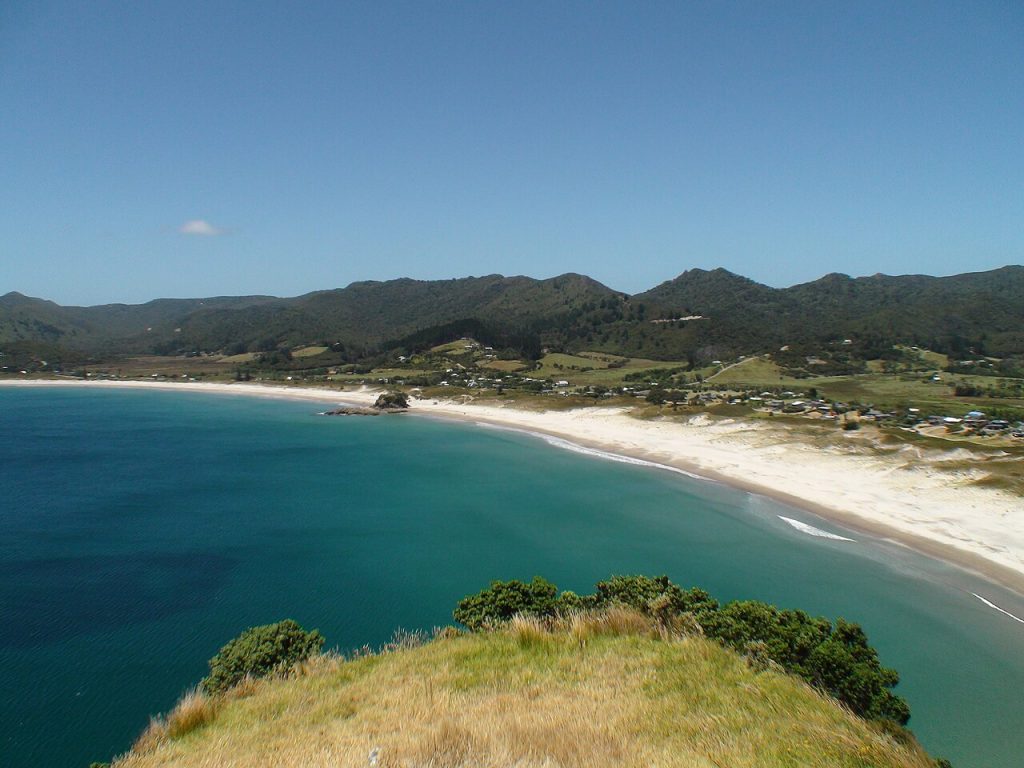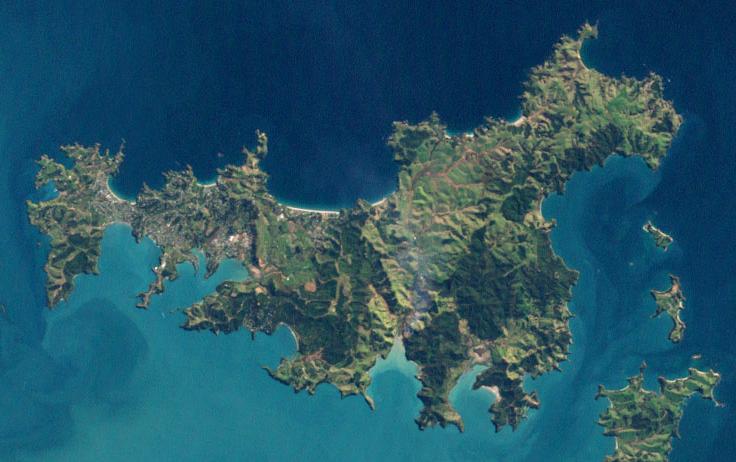
New Zealanders are increasingly turning to solar energy to lower power bills and reduce carbon footprints. However, New Zealand’s unique mix of climate zones, electricity pricing, and housing stock means solar adoption must be approached thoughtfully. In this article, we’ll explore what makes a solar panel system ideal for homes in New Zealand and how homeowners can maximize both environmental and financial returns.
Sunshine and Regional Suitability
New Zealand receives moderate solar radiation levels compared to Australia, but still enough to justify home solar investment in most regions:
- Auckland and Northland: ~4.5–5.0 kWh/m²/day
- Wellington and Christchurch: ~3.8–4.5 kWh/m²/day
- Southern regions (e.g., Dunedin): Lower sunshine, but still viable
North Island regions tend to offer the best solar yields year-round due to higher sunshine hours.
Types of Solar Panels Best for NZ
Due to the generally cooler and cloudier climate in parts of the country, solar panels with good low-light and temperature performance are recommended:
- Monocrystalline Panels: Best efficiency (19–21%) and compact — ideal for urban rooftops
- Brands commonly used: JA Solar, Canadian Solar, LONGi, REC, and Trina Solar
- Inverters: Reliable brands like Fronius and Enphase are preferred for grid-tied systems
High-quality panels with excellent warranties (at least 25 years on performance) are key in the damp and often windy New Zealand climate.
Installation Costs and Financial Incentives
Unlike Australia, New Zealand does not offer national solar rebates, though some regions and electricity providers offer incentives or low-interest loans.
- Average cost for 3–5kW system: NZD $8,000–$12,000
- Battery storage (e.g., Tesla Powerwall): Adds NZD $12,000–$15,000
- No national FIT (Feed-in Tariff): Buy-back rates vary widely (e.g., $0.07–$0.15/kWh)
Cost Savings and Payback
- Annual savings: Around NZD $600–$1,200 depending on household usage and self-consumption
- Payback period: Typically 7–10 years
- Best savings occur when power is used during sunlight hours (e.g., daytime laundry, EV charging)
For rural areas or lifestyle blocks, off-grid systems are also becoming popular, especially where connecting to the grid is expensive.
Practical Recommendations for Homeowners
- Size your system to match your daytime electricity usage
- Consider adding a battery later once system is paid off
- Look for warranties and aftercare service — especially with growing second-hand or imported panels on the market
- Use tools like SolarQuotes NZ to compare installers and pricing
Solar for Sustainability and Savings
While solar in New Zealand may not deliver the ultra-fast ROI of Australia, it still provides a solid long-term benefit for most homeowners, particularly in northern regions. With increasing energy costs and a national push toward decarbonization, solar power is a strong step forward.
Not just a tool for energy savings, solar is becoming part of a broader movement toward energy resilience, sustainability, and smarter living in New Zealand homes.
